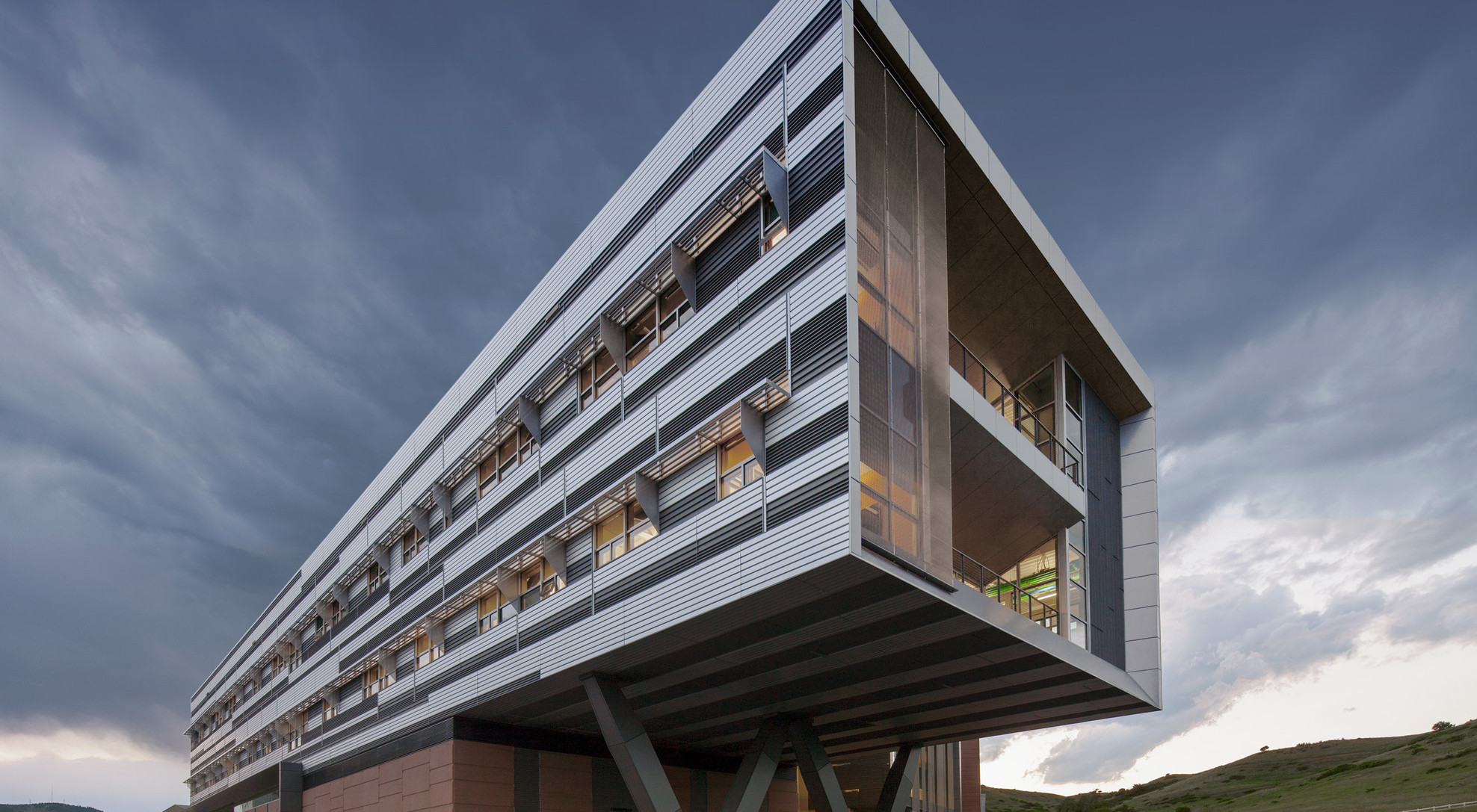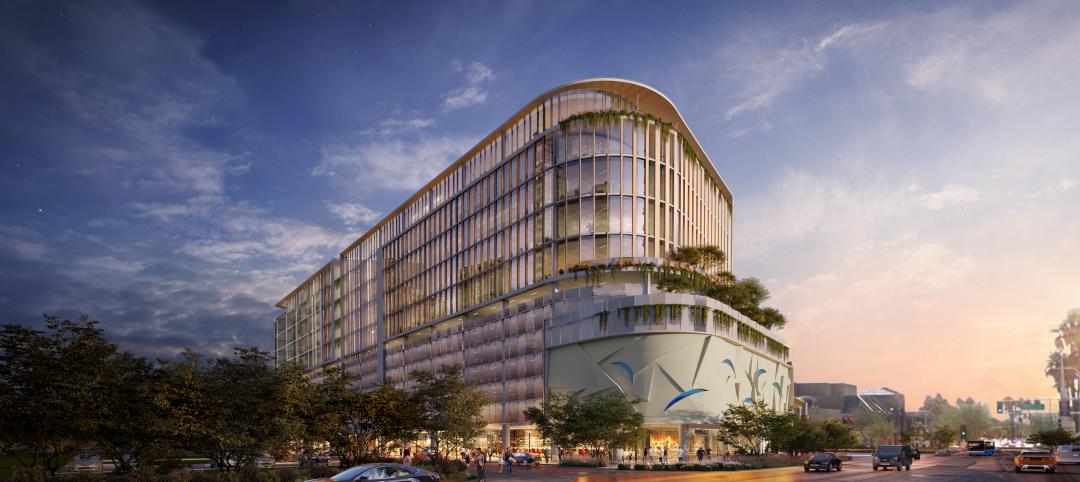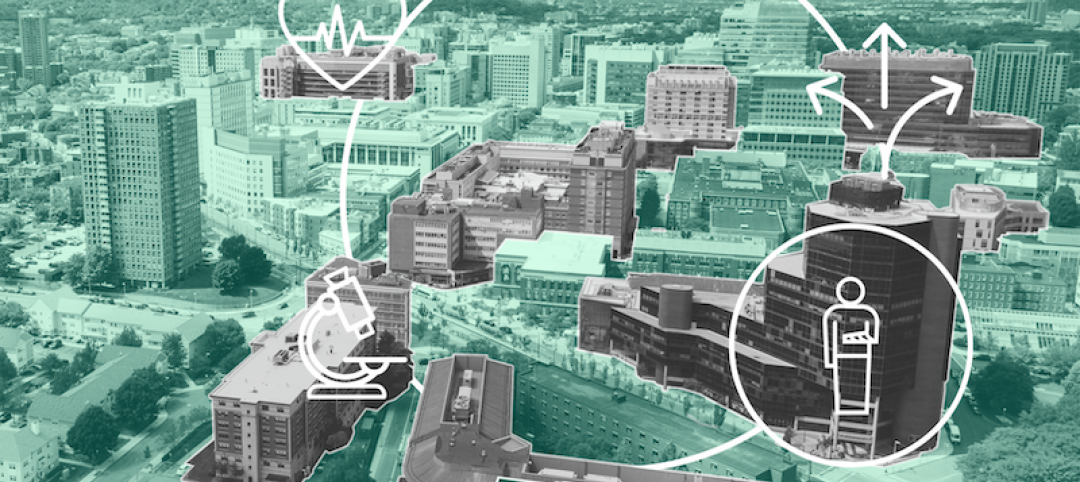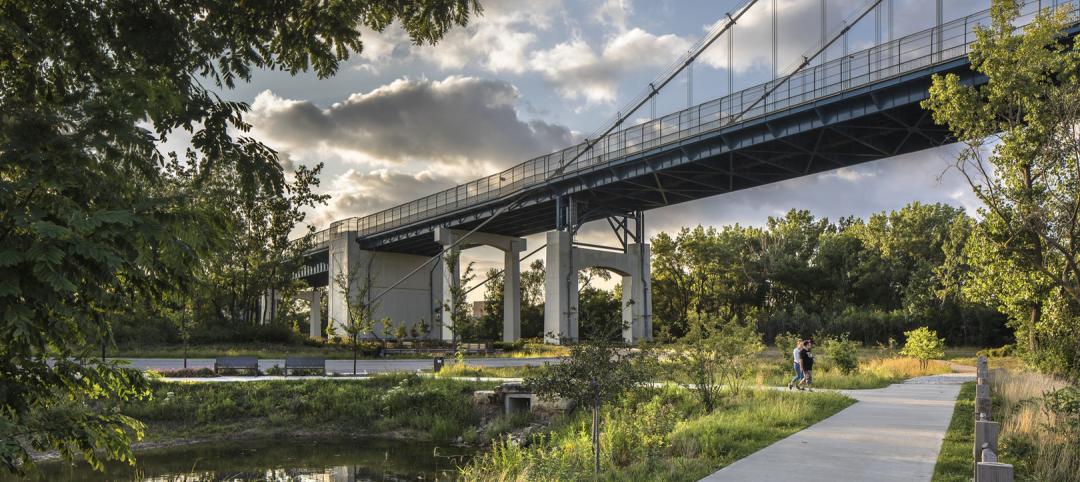The following 10 points consolidate the findings of LAB2050, which is an initiative SmithGroupJJR embarked on to dig deep into the scientific trends, new technologies, and economics that will shape the design concepts of research laboratory environments in the coming decades.
SmithGroupJJR and our Client Advisors advocate these foci for the near and long-term future. Although we anticipate that they will change and flux over time, we continue to plan and design 40- to 60-year buildings on a daily basis. This makes it important to constantly consider how advanced facility design will respond to the future technological and user needs outlined in our findings.
1. Design for agility. As technology evolves, physical spaces will need to remain flexible, nimble, and agile to accommodate new requirements.
2. Automated and decentralized experiments. Technology and robots will allow for remote manipulation of experiments, which will affect sizing, space, location, and safety protocols, and will ultimately protect science from occupants and vice versa.
3. Partnerships. As government money continues to shift and decline, unique partnerships between universities, corporations, and developers will continue to trend upward. It will have a profound impact on research, pedagogy, funding, design, and project delivery.
4. Centers for collaboration. Adaptable space is required as the line between physical and digital continues to blur. Spaces will continue to support teams but must develop enough to accommodate a group sitting next to one another just as successfully as one that spans several time zones.
5. Finance driven. Multiple sources of money will become the only way for institutions to successfully grow, operate, and innovate. Science endeavors will have to shift focus beyond research to include
financial feasibility.
6. Big Data. Data will continue to be collected at astronomical rates. Storage will be essential and will become a key component in the efficiency of places through energy reuse from servers and data centers. Designers will use collected data to create intelligent buildings that are not just the vehicle for research, but part of the research.
7. Place will matter. People will continue to make preference-based choices about where they live and what they do. The desire to live in a particular place drives our quality of life. Some places will be more competitive or more attractive than others, independent of how many virtual environments and scientists and breakthrough discoveries are occurring there.
8. Global access to information. As public research and data continue to grow, global access will become the norm. Networks from around the world will be accessed by informatics experts to study, analyze, and draw conclusions. This could have a profound impact on the lesser-known global issues and diseases with efficient and inexpensive ways to research and solve pressing concerns.
9. Intelligent space. Designers will have more data to push evidence-based design and create buildings and spaces that respond to users and need. This will include automatic changes in ventilation, lighting, room colors, and technology needs based on the people (or robots) entering the room.
10. Efficiency and resiliency. Cost and climate change will require reliable energy sources for buildings. This will include, but is not limited to, hybrid geothermal and heat-reuse strategies that provide low-entropy systems to buildings, campuses, and beyond. Structures will withstand and thrive
during disasters.
More from Author
SmithGroup | Mar 28, 2023
Inclusive design requires relearning how we read space
Pulling from his experience during a campus design workshop, David Johnson, AIA, LEED AP, encourages architects to better understand how to design spaces that are inclusive for everyone.
SmithGroup | Feb 27, 2023
Surfing the Metaversity: The future of online learning?
SmithGroup's tour of the Metaversity gives us insight on bringing together physical and virtual campuses to create a cohesive institution.
SmithGroup | Nov 28, 2022
Data centers are a hot market—don't waste the heat!
SmithGroup's Brian Rener shares a few ways to integrate data centers in mixed-use sites, utilizing waste heat to optimize the energy demands of the buildings.
SmithGroup | Aug 3, 2022
Designing learning environments to support the future of equitable health care
While the shortage of rural health care practitioners was a concern before the COVID-19 pandemic, the public health crisis has highlighted the importance of health equity in the United States and the desperate need for practitioners help meet the needs of patients in vulnerable rural communities.
SmithGroup | Aug 10, 2021
Retail reset: The future of shopping malls
Developers and design partners are coming together to reimagine how malls can create a new generation of mixed-use opportunities.
SmithGroup | May 17, 2021
Future pandemic preparedness at the medical district scale
The current COVID-19 pandemic highlights the concern that we will see more emergency events in the coming years.
SmithGroup | Jan 25, 2021
Amid pandemic, college students value on-campus experience
All the students we interviewed were glad that they returned to campus in one form or another.
SmithGroup | Aug 13, 2020
Renewing the healing role of public parks
While we can’t accurately predict all the ways we will respond to the current COVID-19 pandemic, it should provide a moment of reflection as we see all too clearly the consequences of our exploitation and destruction of nature.
SmithGroup | Jul 21, 2020
How design of senior living communities must change after COVID-19
The cost of maintaining high quality of care and high quality of life for senior living communities has increased up to 73% for senior living communities that remain free of COVID-19 and up to 103% for COVID-19 positive senior living communities.
SmithGroup | Jun 12, 2020
How will museums change after COVID-19
This new environment may herald innovative economic models and change the way we think about museum design.
















